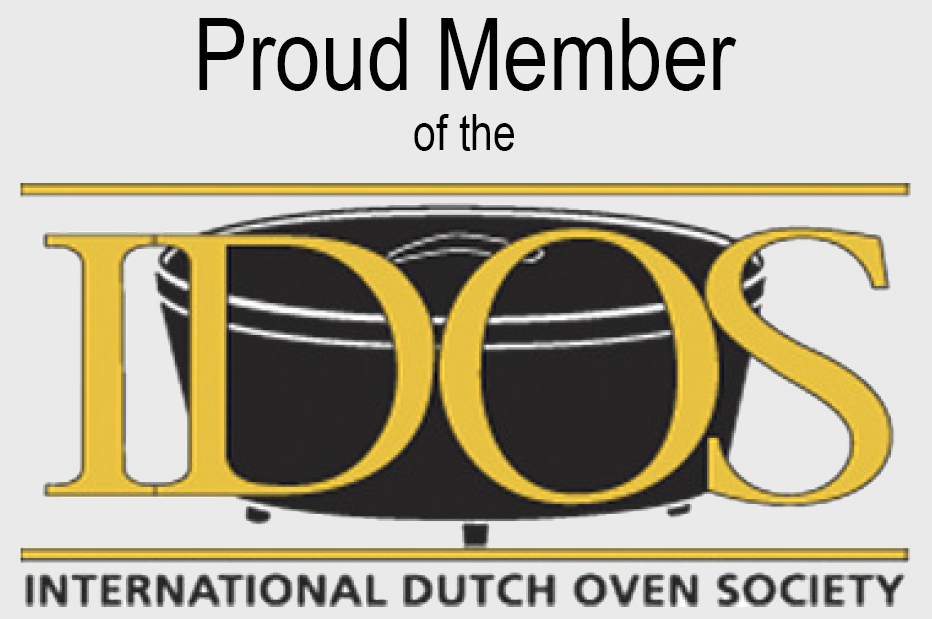Julia Child once said, “Learn to cook, try new recipes, learn from your mistakes, be fearless and above all have fun!”
In honor of Julia Child’s birthday tomorrow, August 15, I’d like to encourage everyone to be fearless in the kitchen and to have fun.
Don’t be afraid to try a new recipe, a new food, or a new technique. Cooking does not have to be a chore. It can be fun and creative. It is science. It is math. It is art. Cooking represents all aspects of STEAM (Science, Technology, Engineering, Art, Mathematics). Think about it.
With young cooks and picky eaters, I always encourage them to try something new. For my scouts, I remind them that a Scout is Brave. A Scout is Courageous and Strong.
I encourage you to get outside your comfort zone because that is where the magic happens! Try it! You might like it! There are many foods I eat today, that I didn’t like and wouldn’t eat when I was younger.
When my children were little, I challenged myself not to pass along my food aversions, my food baggage. I wanted them to try the foods and decide for themselves. I wanted them to be fearless and I tried to set a good example. I forced myself to try new things or re-try foods I didn’t think I liked. To my surprise, I found I liked a lot of them or they weren’t as bad as I remembered or I didn’t like them when I was younger because they hadn’t been prepared properly. Sometimes, how you prepare a food makes all the difference in the world as far as how it tastes.
With our children, the house rule was they always had to try it and they had to try it every time we made it. As children grow, their taste buds develop and what they don’t like today, they might like tomorrow or next month or next year. If they didn’t like it, we didn’t push it. If you force them, food becomes a form of punishment, and they will hate it the rest of their lives. We just invoked part 2 of the house rule, which was they had to try it again the next time we made it.
We also encouraged and allowed them into the kitchen with us. If a child helps prepare food, they are more likely to try it and eat it.
My children are now in their early ‘20s and I am pleased to report that, for the most part, they will eat just about anything. And they don’t shy away from trying something new. I couldn’t be more proud of them. When it comes to cooking and eating, they are fearless. I think Julia Child would be proud too.
Julia Child revolutionized American cuisine through her French cooking school, award-winning cookbooks, and world-renowned television programs by presenting an approachable version of sophisticated French cooking to her eager audience for four decades.
Her book and the popular television show that followed made the mysteries of fancy French cuisine approachable, introducing gourmet ingredients, demonstrating culinary techniques, and most importantly, encouraging everyday “home chefs” to practice cooking as art, not to dread it as a chore.
Julia made cooking fun and fearless. She was and still is an inspiration to all of us.
Julia also was fond of saying, “A party without cake is just a meeting.” So, always have cake! Or a crisp or a cobbler or pie. I like pie. Cookies are fun too! And Dutch ovens make the best brownies!
Bon Appétit!
If you like this blog and don’t want to miss a single post, subscribe to Chuck Wagoneer by clicking on the Follow Us button in the upper right corner and follow us on Facebook and Pinterest for the latest updates and more stuff!








Recent Comments